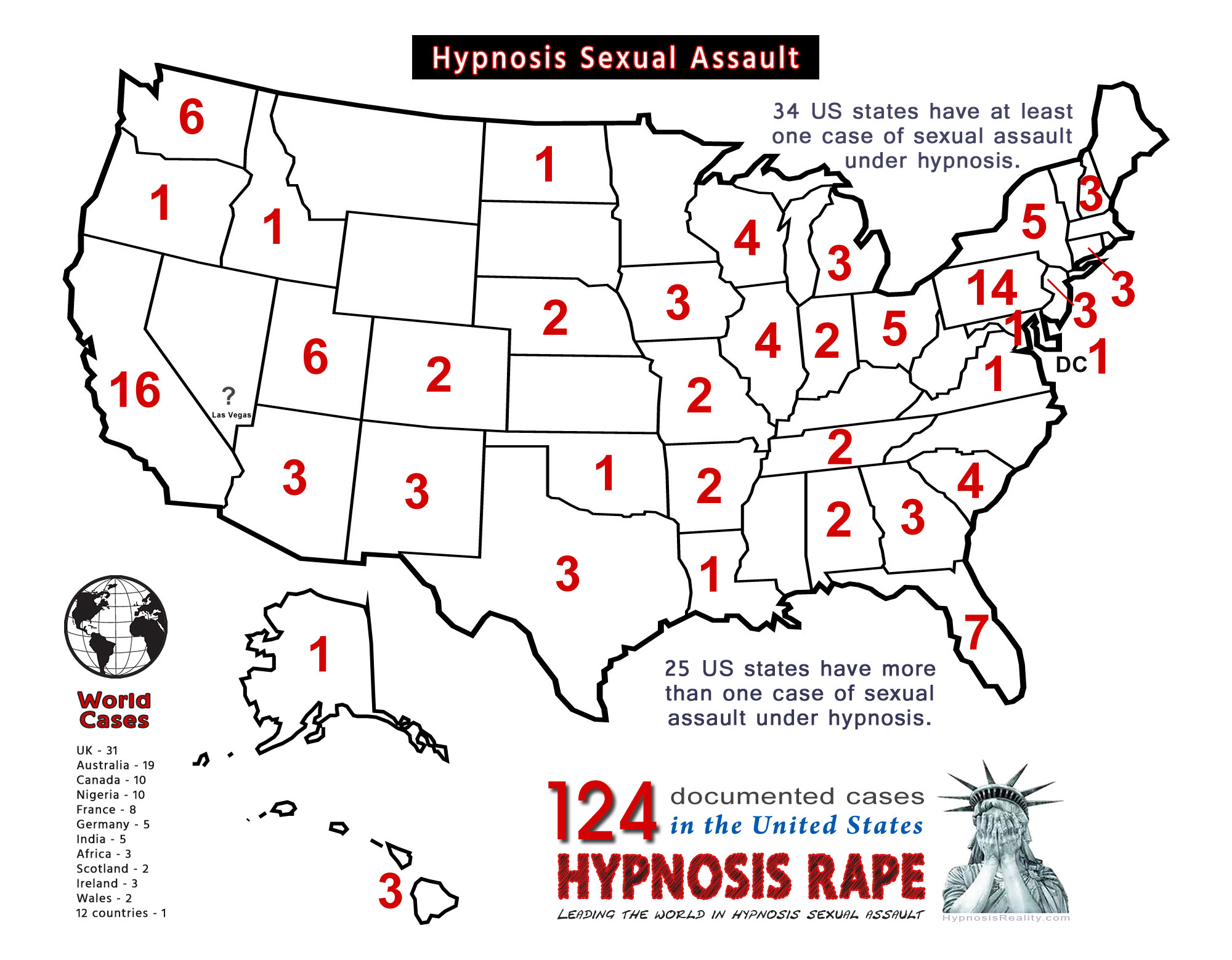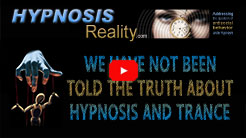 HypnosisReality.com - 032923 The Basics to Understand Here are ten things to know in order to better understand the differences and distinctions between the act of hypnosis and a state of trance.
The Question to Be Asked With so many decades of documented historical reports of sexual assault under hypnosis already on record, why then are institutions and organizations such as the AMA and APA still telling women to this day that hypnosis is perfectly safe and you cannot be made to do anything against your will? The overwhelming wealth of historical evidence absolutely proves this is not true at all, so thus the danger in continuing to perpetuate such a falsehood unequivocally creates an environment of false security within the populace, which is the perfect guise for exploitation by the deviant hypnotist, bringing with it many unsuspecting and overly-trusting women. Unfortunately, respected institutions such as the Mayo Clinic, Cleveland Clinic, and Johns Hopkins all continue to perpetuate this horribly untrue myth to this day, as if it were a fact-based absolute - something fully vetted and documented through corroborative scientific research studies - but this is not the case at all. Therefore, the continuance of such a myth - to deny hypnosis abuse actually happens - only works to promote and solidify the deviant hypnotist's advantage over the naive and unsuspecting. Flawed hypnosis studies which were born out of an improper thesis to begin with, cannot effectively challenge or refute the abundance of actual documentation that is within the historical record - hundreds of hypnosis sexual assault cases which have already been prosecuted and booked. Exploited By Too Many To be fair, hypnotists and hypnotherapists are not the only ones guilty of using hypnosis for carnal desires - doctors, psychiatrists, psychologists, counselors, teachers, dentists, nurses, chiropractors, priests and even a divorce lawyer have been among those arrested for using hypnosis for sexual assault. Those who say that women are always safe under hypnosis are absolutely 100% wrong. This issue has wrongly been denied for far too long. Women need to be told the truth once and for all, about the perils of hypnosis and the existence of deviant hypnotists. Time to Wake Up Decades of documented historical accounts tell the story here. In light of the immense volume of historical accounts and prosecuted cases, it would seem this issue is transparently clear and factually undeniable. In the US alone, there are over 120 documented cases. For the record...
In 2020, there were six hypnotherapists arrested for sexual assault, in just one year alone, which shows the prevalence for this type of crime. It happens far more than most people have any idea of. So this of course begs the most obvious question of all... on what factual basis are the aforementioned organizations telling people that hypnosis abuse is not possible? Making the Right Choice It's long past time for the academicians and medical professionals, and also the various hypnosis associations, (as well as law enforcement and judicial officials) to collectively wake up and pay attention to an issue that is far more prevalent than most might ever realistically imagine. It is indeed a worldwide problem that clearly and undeniably needs to be recognized and addressed. To continue ignoring the dangers of hypnosis and deep trance - to deny its hidden danger to people - is an irresponsible, gross perversion of injustice for any society. It's time to once and for all admit the truth about hypnosis and trance, most specifically for the public awareness and added precaution and safety it would bring, especially for the unsuspecting.
It's an admission that morally needs to be made - and
one that is sorely long overdue. |
Links Can Hypnosis Be Used to Abuse? Hypnosis Assault is on the Rise A Note to the Hypnosis Profession Don't Be Fooled By Others About the Power of Hypnosis
See also |



